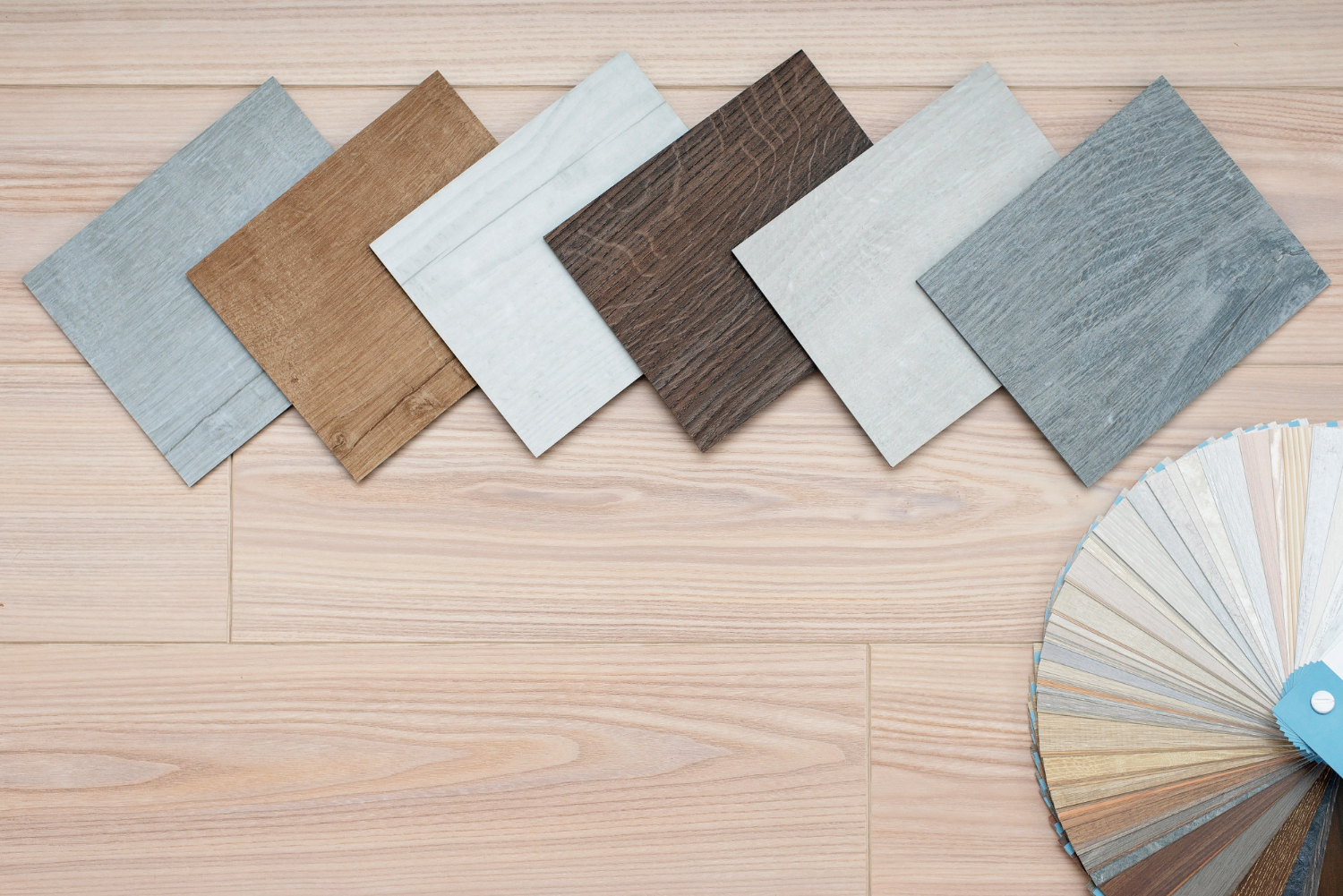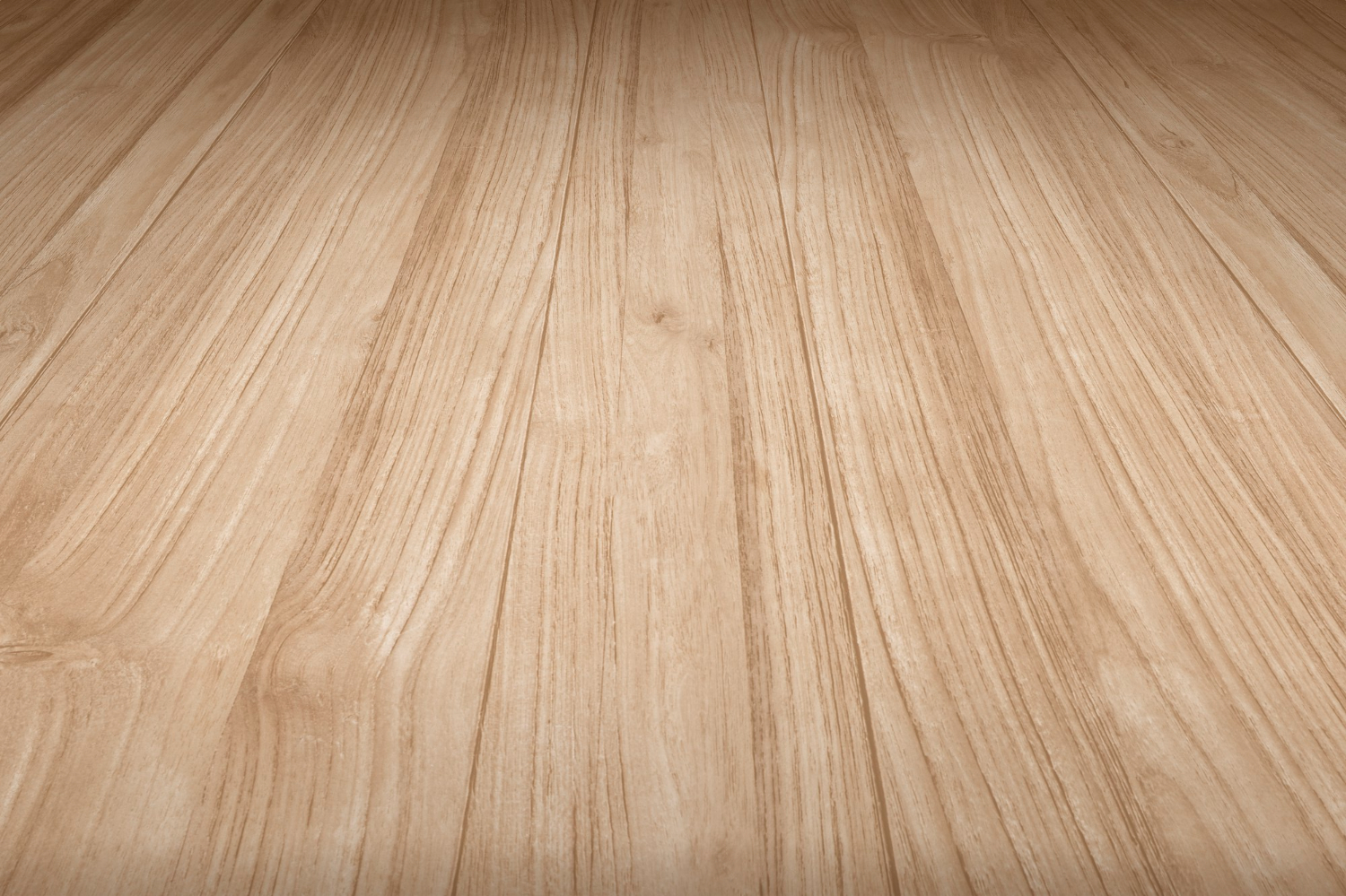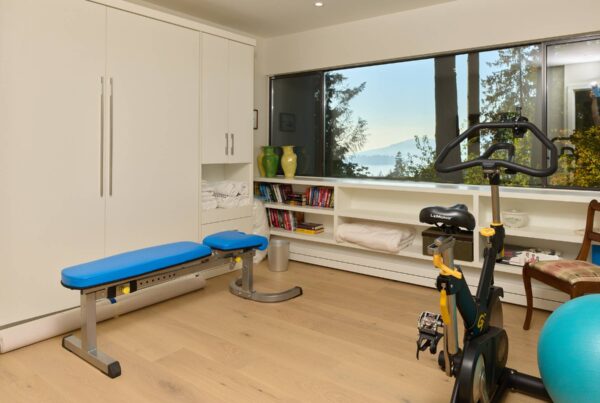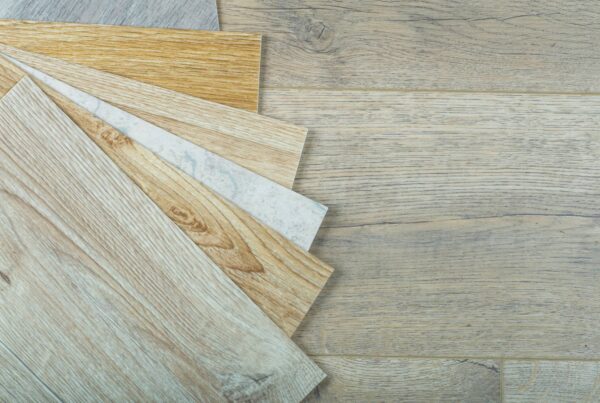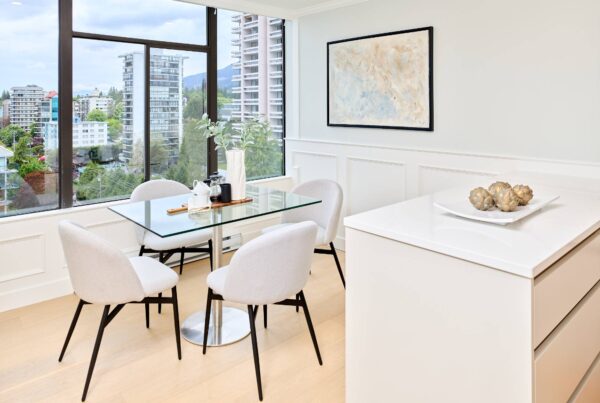Every room in a home serves a different purpose, and the right flooring choice can make a huge difference in both style and function. From high-traffic areas that endure daily wear to moisture-prone spaces like kitchens and bathrooms, selecting the best material is about more than just looks. Knowing what works best in each space ensures a balance of durability, comfort, and design.
Finding the Right Flooring for High-Traffic Areas That Take a Beating
Hallways, entryways, and living spaces see constant foot traffic, making durability a top priority. Hard surfaces like hardwood, stone, and vinyl hold up well under heavy use, resisting scratches and dents. These materials also offer easy maintenance, making them ideal for busy households. The key is choosing a surface that withstands wear without showing scuffs or fading over time.
For those wanting warmth underfoot, some modern flooring options combine toughness with comfort. Textured finishes on materials like vinyl can prevent slips while hiding dirt between cleanings. Choosing a surface with a protective coating adds longevity, ensuring that high-traffic areas remain stylish without the need for frequent repairs.
Why Engineered Hardwood Flooring Works Best in Living Rooms and Bedrooms
Few materials add warmth and elegance like wood, but traditional hardwood can be tricky in certain environments. Engineered hardwood flooring offers the same timeless look with added durability. Its layered construction resists moisture better than solid wood, making it less prone to warping or swelling over time. This makes it an excellent choice for bedrooms and living rooms where both style and comfort matter.
Beyond durability, this type of flooring provides variety in color and texture, allowing homeowners to achieve a custom look. Whether going for a classic oak finish or a more modern wide-plank design, engineered hardwood brings character to any space. With proper care, it maintains its rich appearance for years, making it a worthwhile investment for key living areas.
Luxury Vinyl Flooring That Stands Up to Moisture in Kitchens and Bathrooms
Kitchens and bathrooms require materials that can handle spills, humidity, and frequent cleaning. Luxury vinyl flooring is a top choice for these spaces because of its water-resistant properties. Unlike traditional wood or laminate, it won’t swell or warp when exposed to moisture. It also provides a softer feel underfoot compared to tile, making it more comfortable for long periods of standing.
Beyond practicality, this type of flooring comes in a wide range of styles that mimic natural materials like stone or wood. Its durability, combined with its waterproof design, makes it a reliable and stylish choice for rooms that demand both function and beauty.
Choosing Floors That Are Easy to Clean and Maintain After Construction
Post-construction dust and debris can quickly wear down surfaces if not properly managed. Selecting flooring that is easy to clean makes a big difference in how a home looks and feels after renovation. Hard surfaces like vinyl plank flooring allow for quick cleanup without trapping dust or fine particles.
Low-maintenance materials with protective coatings prevent dirt from settling in, making them ideal for homes undergoing frequent updates. Smooth surfaces reduce the risk of scratches from leftover debris, while stain-resistant finishes help keep new flooring looking fresh. A good flooring choice ensures that maintenance doesn’t become a constant chore once the construction is complete.
The Best Flooring Options for Allergy-Sensitive Homes
For those with allergies, the wrong flooring can trap dust, pet dander, and pollen, worsening indoor air quality. Hard surfaces like hardwood, tile, and vinyl provide a better option by eliminating places where allergens can collect. Carpets, while cozy, tend to hold onto dust mites and require frequent deep cleaning to stay allergen-free.
For an extra layer of protection, hypoallergenic finishes and sealed flooring options reduce airborne irritants. Choosing low-VOC materials also minimizes chemical emissions, creating a healthier indoor environment. For families with sensitivities, selecting the right surface plays a key role in maintaining cleaner, fresher air.
Balancing Style and Durability for a Seamless Look Throughout Your Home
A home should feel cohesive, even when different rooms require different materials. Choosing flooring that complements various spaces without clashing creates a smooth visual flow. Neutral tones, natural wood finishes, and subtle patterns allow for a seamless transition between rooms, making the entire space feel unified.
Durability should never come at the expense of style. Many modern materials combine resilience with aesthetic appeal, ensuring that high-traffic areas, moisture-prone spaces, and cozy rooms all maintain a consistent look.
Scratch-Resistant Floors That Can Handle Pets, Kids, and Daily Wear
Busy households need flooring that can handle the chaos of everyday life. Pets, kids, and constant movement can quickly wear down weaker materials, leading to scratches, dents, and stains. Options like laminate, luxury vinyl, and certain hardwood finishes offer better resistance to heavy use. These surfaces prevent damage while still looking stylish, making them a smart choice for active homes.
Textured finishes and matte coatings help hide minor imperfections that come with daily wear. Some engineered hardwood options also include scratch-resistant top layers, making them more pet-friendly than traditional wood. Choosing a durable surface ensures that a home stays looking great, even with constant activity.
How to Mix Flooring Materials Without Making Your Home Look Disjointed
Blending different flooring types can be tricky, but when done right, it creates visual interest and practical separation between spaces. The key is to use complementary colors and textures so transitions feel intentional rather than abrupt. Matching undertones across materials helps create flow, even when using different surfaces in separate rooms.
Transition strips or border designs can also make material shifts look purposeful. For example, pairing tile in a kitchen with wood in an adjoining living room can be softened with a coordinating border. A balanced approach to mixing flooring styles ensures that every room meets its functional needs without disrupting the overall design.
Upgrade Your Home with Flatwater Finishes: Expert Flooring Solutions for Every Room, Style, and Lifestyle
The right flooring sets the foundation for your entire home, and at Flatwater Finishes, we bring expertise, style, and durability to every project. Whether you’re looking for timeless engineered hardwood flooring for your living spaces, luxury vinyl flooring that stands up to moisture in kitchens and bathrooms, or scratch-resistant surfaces that can handle pets and kids, we have the perfect solution. Our team understands that every home is unique, which is why we work closely with you to choose the flooring that complements your style while delivering long-lasting performance.
From high-traffic areas to cozy retreats, our selection of premium materials and expert craftsmanship ensures a seamless and polished look throughout your home. At Flatwater Finishes, we believe that great flooring should be both functional and beautiful, enhancing your space without compromising on quality. Ready to transform your home with flooring that fits your lifestyle? Contact us today and let’s bring your vision to life.

